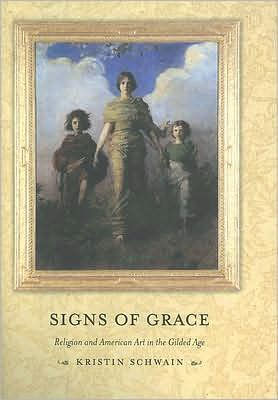5
1
9780801445774


Signs of Grace: Religion and American Art in the Gilded Age / Edition 1 available in Hardcover

Signs of Grace: Religion and American Art in the Gilded Age / Edition 1
- ISBN-10:
- 0801445779
- ISBN-13:
- 9780801445774
- Pub. Date:
- 01/15/2008
- Publisher:
- Cornell University Press
- ISBN-10:
- 0801445779
- ISBN-13:
- 9780801445774
- Pub. Date:
- 01/15/2008
- Publisher:
- Cornell University Press
41.95
In Stock

Product Details
| ISBN-13: | 9780801445774 |
|---|---|
| Publisher: | Cornell University Press |
| Publication date: | 01/15/2008 |
| Pages: | 192 |
| Product dimensions: | 7.00(w) x 10.00(h) x (d) |
| Age Range: | 18 Years |
About the Author
What People are Saying About This
From the B&N Reads Blog
